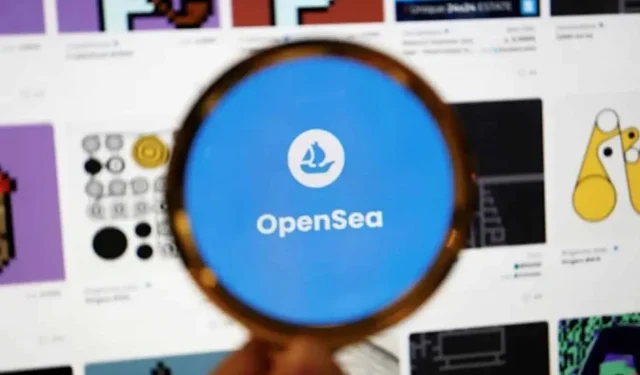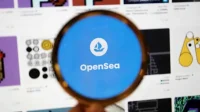OpenSea wants to protect its platform from scammers and announces many new measures.
OpenSea is preparing to introduce a new system for detecting fake NFTs and verifying user accounts to address the industry’s growing fraud problems. In several blog posts, the Marketplace details upcoming changes, including verifying more users, automatically and manually removing “copies”and other fake genuine NFTs, and changes to how badge collections – which identify NFT collections with high sales or high interest. are assigned on the platform.
OpenSea wants to protect its platform from scammers
First, OpenSea will use a two-party system to detect forgeries. This will consist of image recognition technology and human analysis. The company explains that this new system constantly scans all NFT collections (including newly released assets) for possible fakes. The human employees will then have to approve the system’s recommendations.
“Our new copy prevention system uses computer vision technology to scan all NFTs in OpenSea (including future ones). The system then compares these scans against a base of authentic collections, starting with some of the most copied collections – for example, we are looking for rotations and other permutations,” explains Ann Fovre-Willis in her post. The company explains that it has already detected several fakes using its illegal copy detection system and intends to expand the capabilities of this technology in the coming weeks.
and announces many new measures
The company has also made several changes to its verification and badging systems. OpenSea will open account verification for creators holding 100 ETH or more, which is currently around $205,000. This means sellers must already have a large collection on OpenSea to review. The marketplace also says it wants to expand its eligibility criteria for review. NFT collections, on the other hand, will receive a badge if they have generated more than 100 ETH in trading volume. OpenSea will also require a profile name, username, verified email address, and a Twitter account in order to verify the account.
All these changes are designed to create as many obstacles for scammers as possible. They continue to spread with ever more sophisticated tactics, and some go so far as to set up fake Discord servers and other sites, or even impersonate real employees of legitimate NFT companies. Merchant authentication has been a longstanding issue in the NFT world, where anonymity is a big part of that culture. NFT artists usually use pseudonyms rather than their real names, as do buyers. Unfortunately, this is what allows thieves and other imitators to multiply today.


